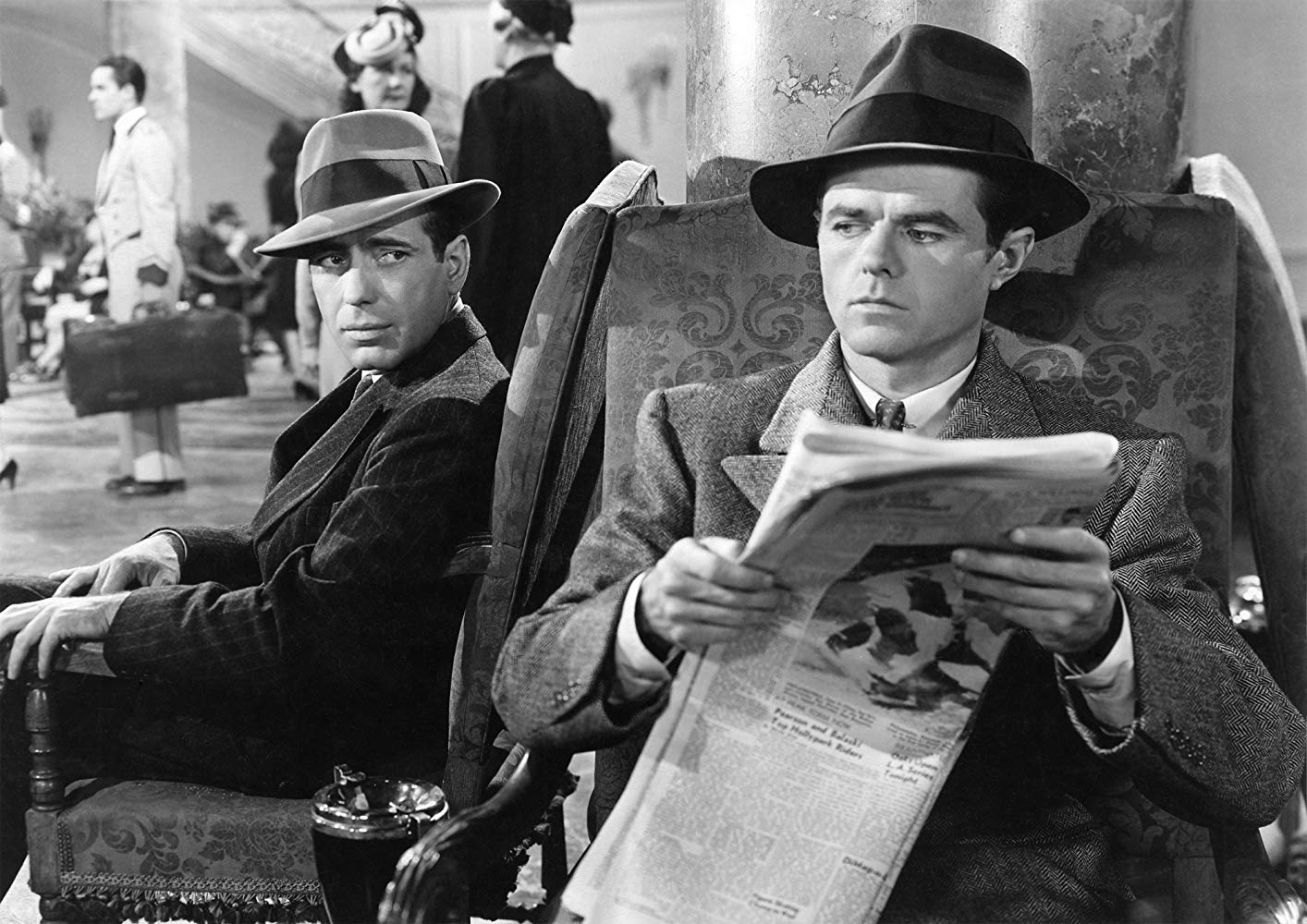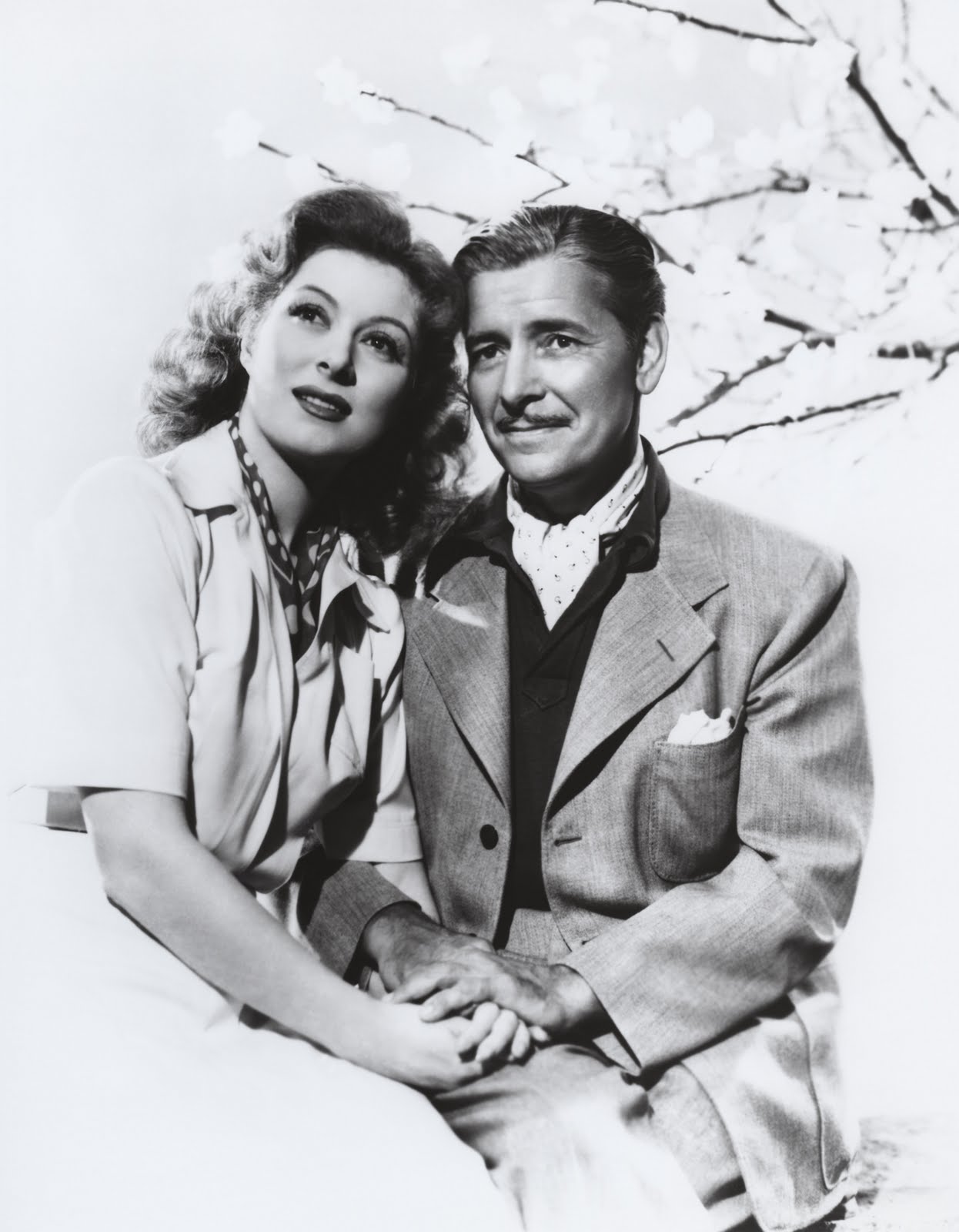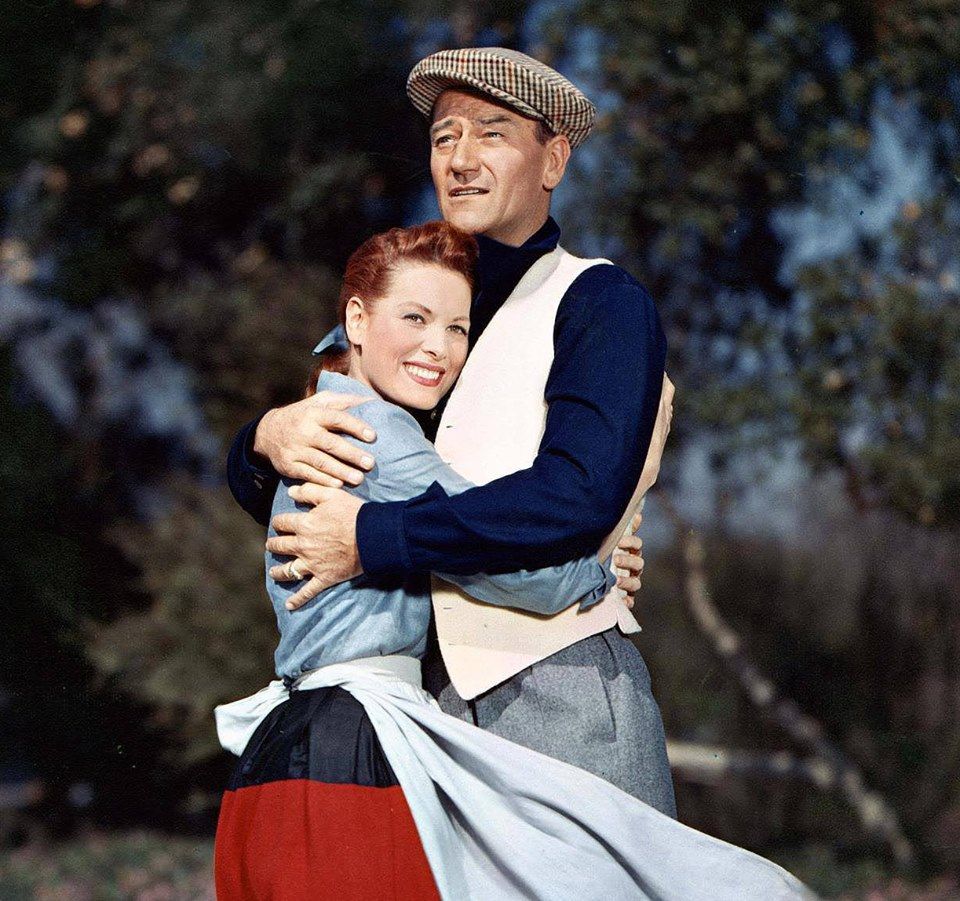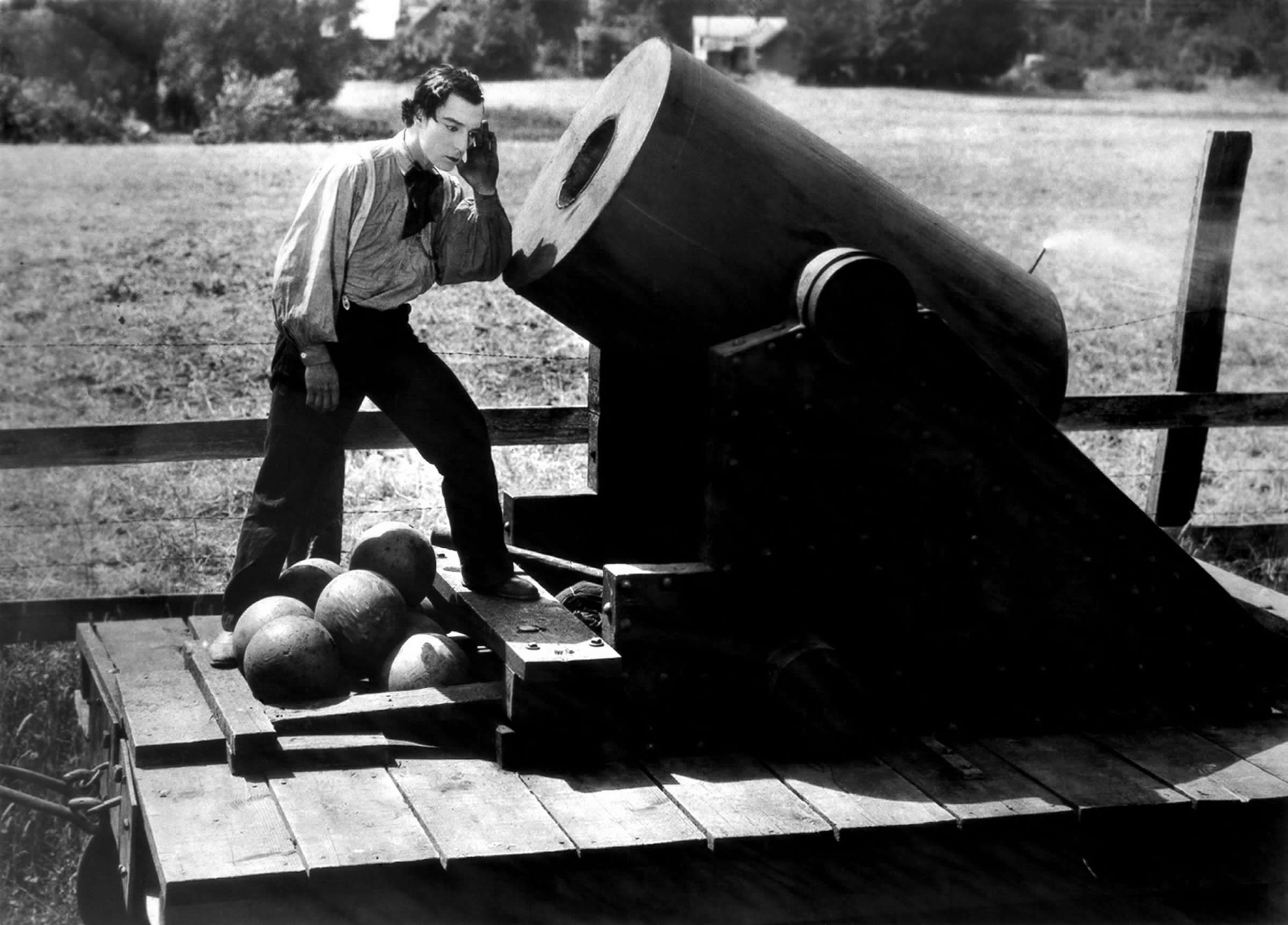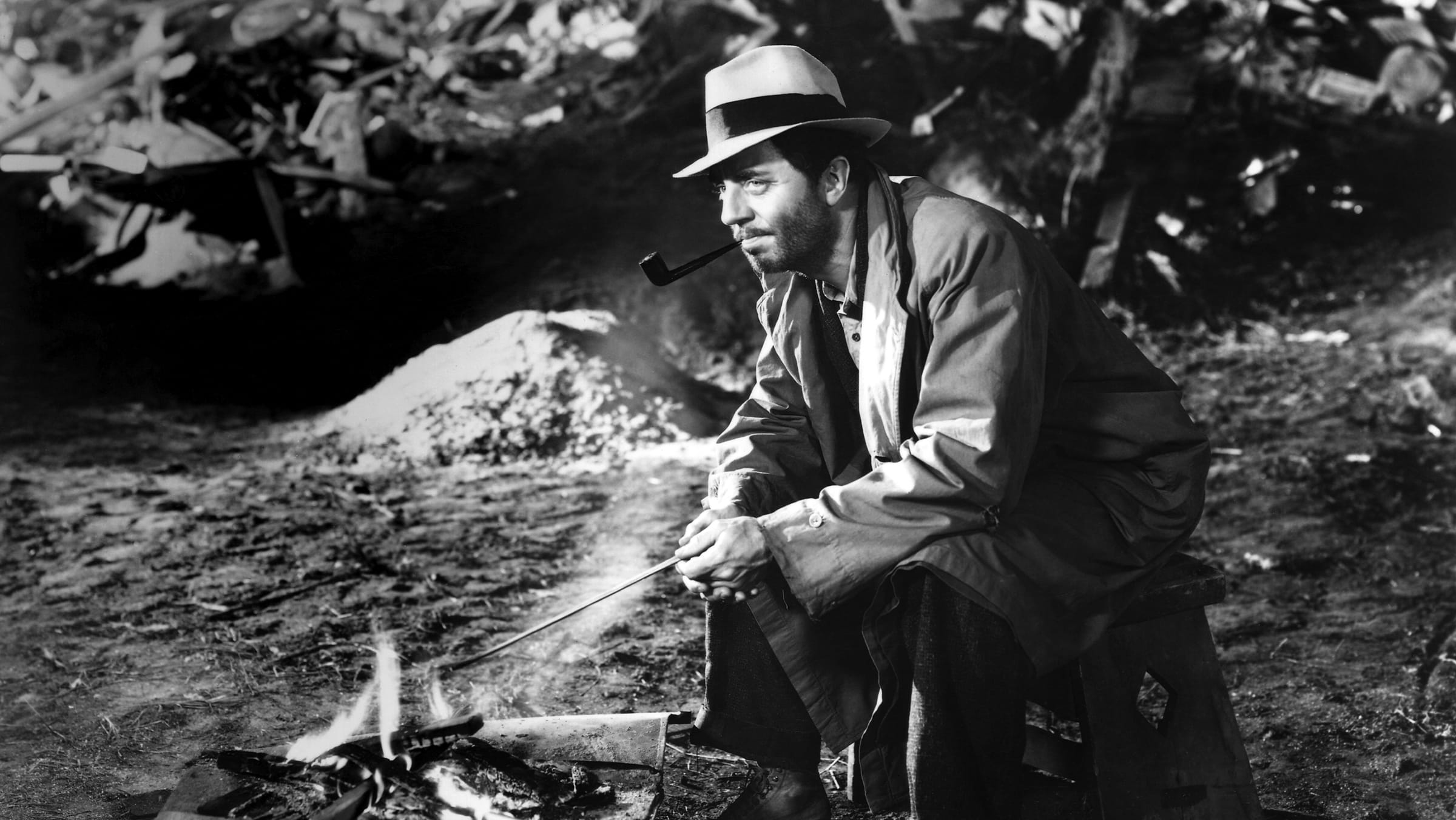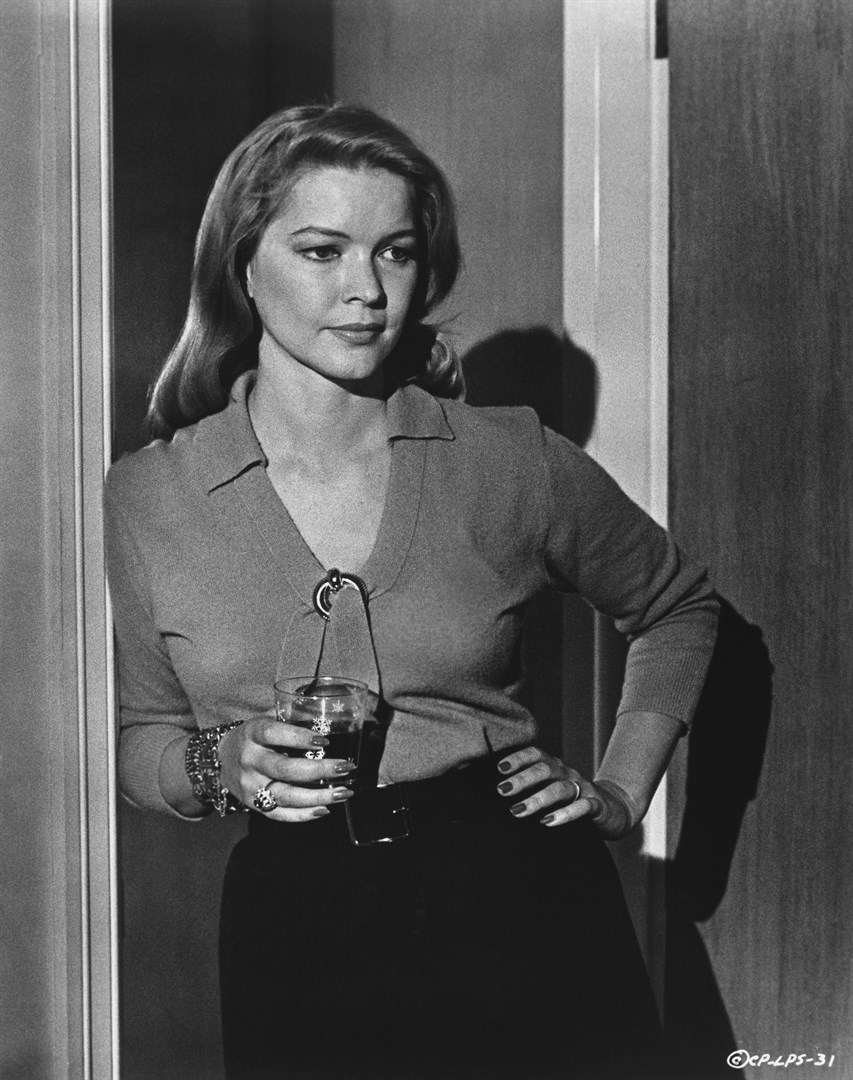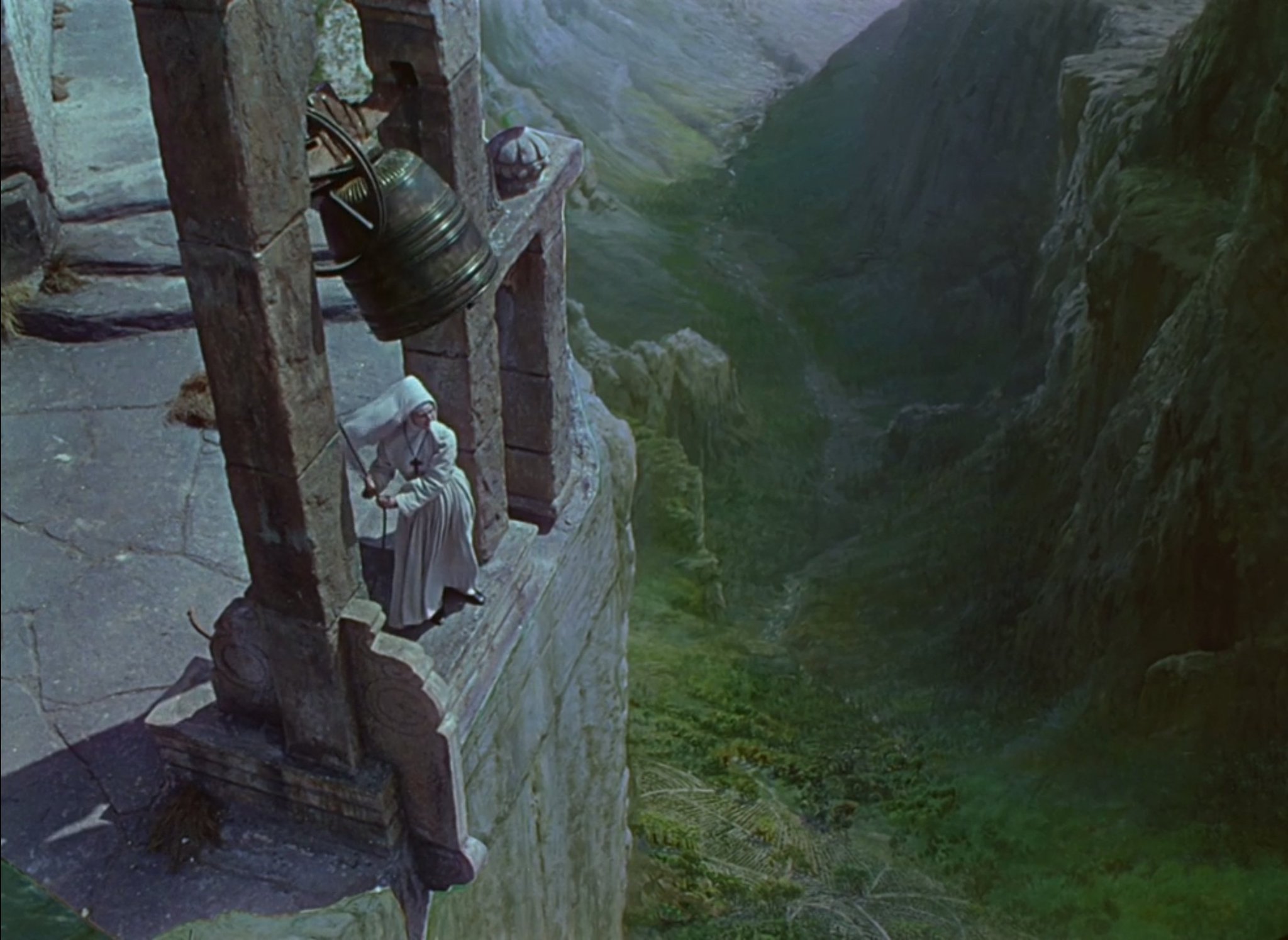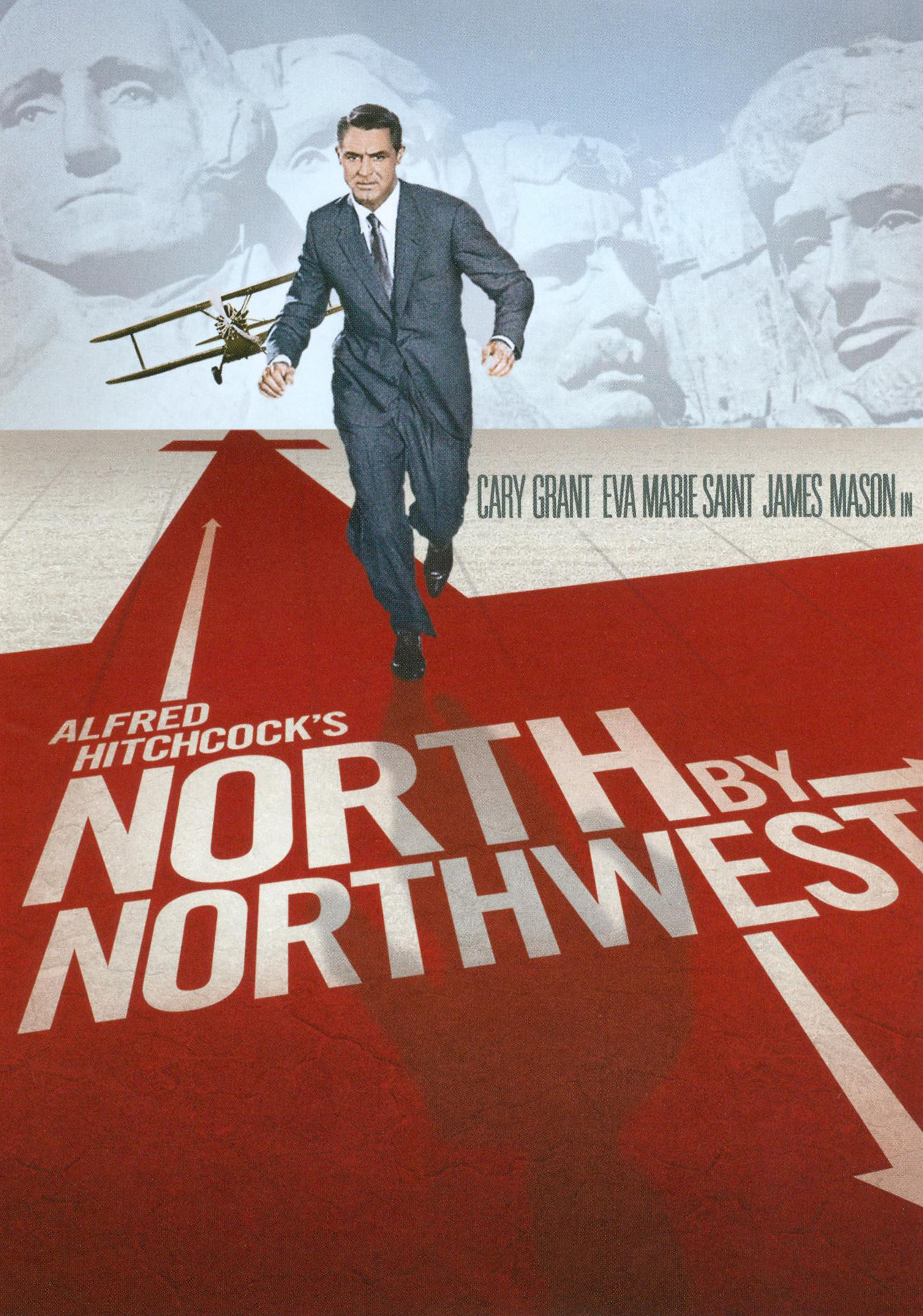The Maltese Falcon (1941) is often cited as the very first film noir. Whether it is or not depends on your definition of a film noir. It has many of the elements we associate with the genre. On the other hand, director John Huston’s tight script and well-paced direction give it a lift that’s missing from the vast majority of film noirs.
This was Huston’s first directorial effort, and it’s one of the better first films from a Hollywood director. Huston’s father, actor Walter Huston, has a brief role as the ill-fated captain who delivers the all-important package. John Huston was working as a screenwriter for Warner Bros and was anxious to direct one of his own scripts. He chose Dashiell Hammett’s 1929 novel of the same name, which must have seemed an odd choice as the studio had filmed it twice already.
The 1931 version, originally titled The Maltese Falcon, was later retitled Dangerous Female so it wouldn’t be confused with Huston’s 1941 remake. As a pre-code movie, it incorporated some of the seedier elements from the novel, though it lacked the novel’s gritty atmosphere and dramatic tension. A second adaptation titled Satan Met a Lady (1936), starring Bette Davis, was directed with a lighter touch — almost as a comedy.
Huston’s version was a success largely due to his extraordinary skill in creating fully formed characters through dialogue. The script even pokes fun at the conventions of the genre, which is especially remarkable when you consider that Huston was bringing some of those conventions to film for the very first time. Here are a few examples:
Spade: You, uh — you aren’t exactly the sort of a person you pretend to be, are ya?
Brigid: I’m not sure I know exactly what you mean.
Spade: The schoolgirl manner, you know, blushing, stammering, and all that.
Brigid: I haven’t lived a good life — I’ve been bad, worse than you could know.
Spade: That’s good, because if you actually were as innocent as you pretend to be, we’d never get anywhere.
Brigid: I won’t be innocent.
Spade: Good.Gutman: I distrust a close-mouthed man. He generally picks the wrong time to talk and says the wrong things. Talking’s something you can’t do judiciously, unless you keep in practice. Now, sir, we’ll talk if you like. I’ll tell you right out, I’m a man who likes talking to a man who likes to talk.
Wilmer: Keep on riding me, and they’re gonna be picking iron out of your liver.
Spade: The cheaper the crook, the gaudier the patter, eh?Gutman: By Gad, sir, you are a character. There’s never any telling what you’ll say or do next, except that it’s bound to be something astonishing.
In addition to launching the directorial career of John Huston, this film brought Humphrey Bogart from the second rank of actors and made him a star. His role as the hard edge — but not heartless — private detective Sam Spade would strike a chord with audiences and cause Warner Bros to seek out similar properties for Bogart. Without the success of The Maltese Falcon, the studio might not have been as eager to film Casablanca (1942) or The Big Sleep (1946).
Bogart’s role in The Maltese Falcon was originally offered to George Raft, who turned it down because he didn’t think the film would be important enough. Had Raft taken the part, Bogart might not have been considered for any of his later roles. And this version wouldn’t have been as successful or influential.
The Blu-ray looks terrific with deep dark tones in the shadows and an appropriate level of film grain. If you’ve only see this film over the years on a small television, you’ll be amazed at how wonderful it looks on a big screen.
An added bonus on the Blu-ray disc is a studio blooper reel titled “Breakdowns of 1941.” Who knew that Jimmy Stewart, Pat O’Brien, and James Cagney would laughingly curse after flubbing a line? I guess these actors were human after all.
The Maltese Falcon (1941; directed by John Huston)
Warner Home Video (Blu-ray and DVD)
Friday, April 11 at 8:00 p.m. eastern on Turner Classic Movies
